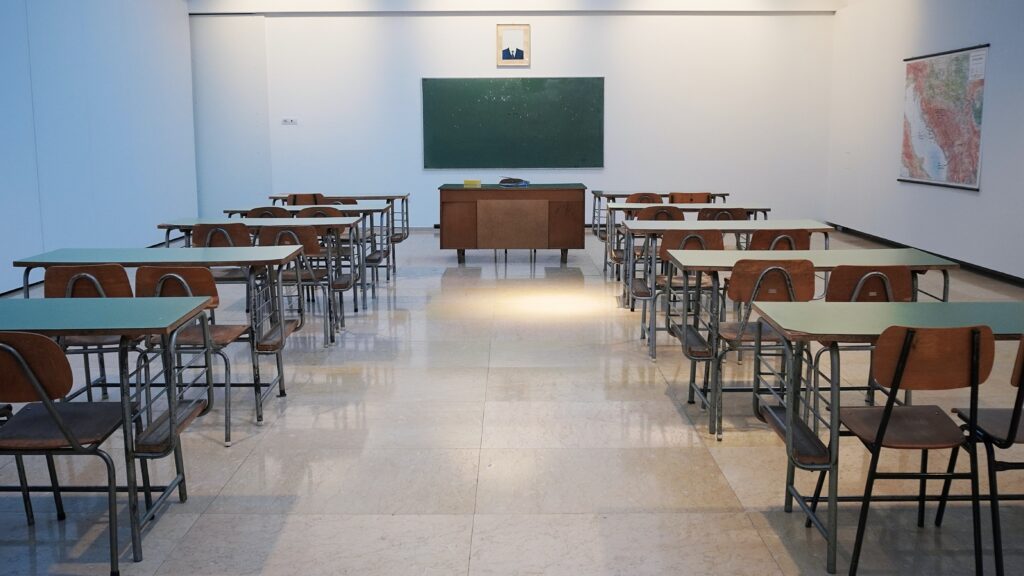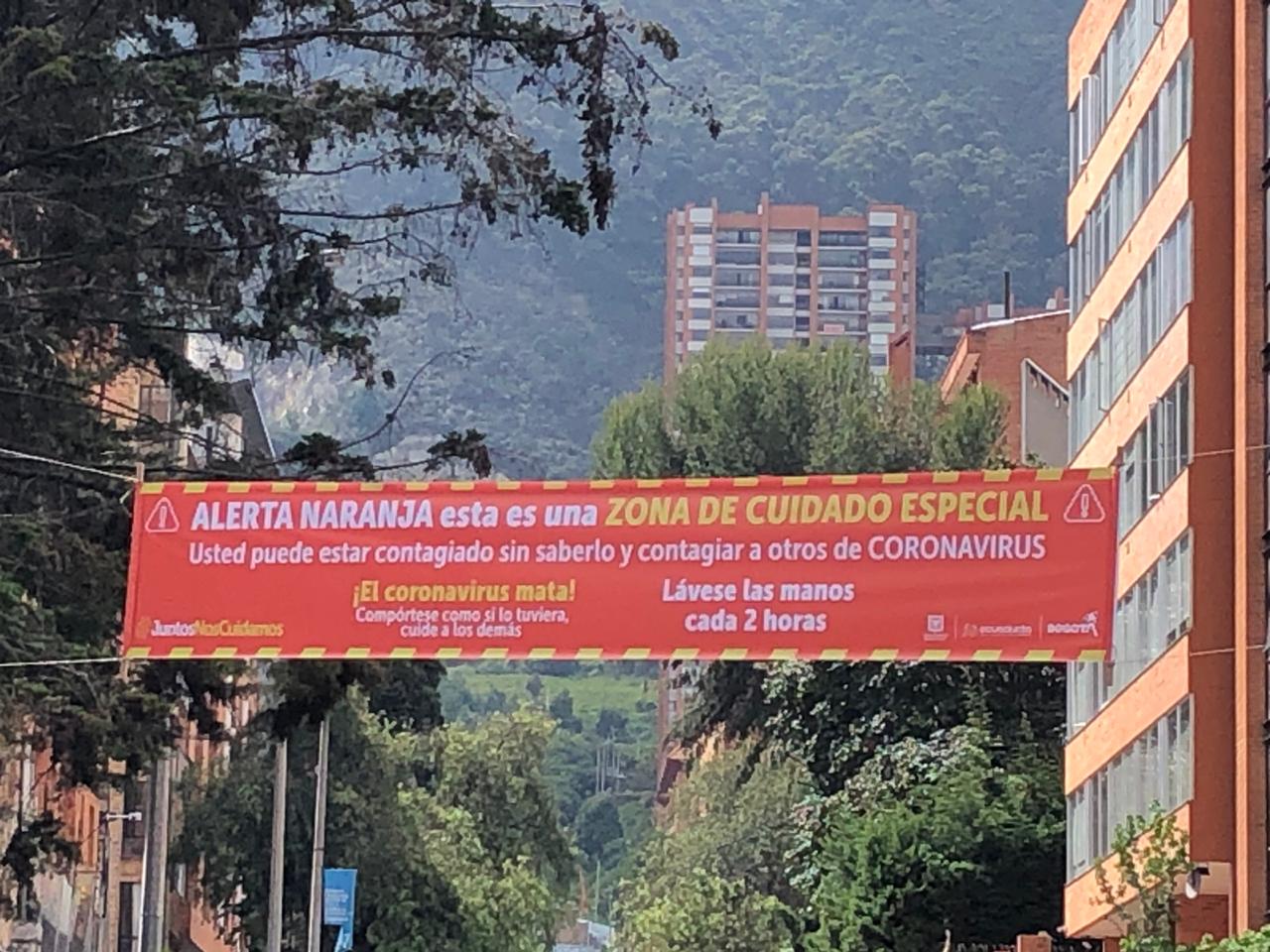The international education results known as PISA are out again, prompting the usual round of handwringing from various sections of the Colombian chattering classes. What’s behind it? Colombia is perceived to have done badly yet again.
A lot of it is unfair – The bizarre decision to join the OECD means Colombia is being compared to countries with much greater resources and infrastructure and a lot less poverty and inequality. It’s often casually said that the latter two factors affect learning ability without stressing just how important they are.
Children growing up in socioeconomic conditions such as poverty are over 90% more likely to have learning problems, from slow language acquisition to behavioural issues to impaired cerebral development. This also explains why Colombia tends to have low performance levels on standardised IQ testing.

There’s been a predictable rush to blame current president Gustavo Petro. But these are the results from last year’s examinations, and can’t be linked to his policies. Not to mention that a 15-year-old in 2023 will have been educated under a combination of Santos and Duque.
The 2022 PISA results are also very much in the shadow of COVID-19, which disrupted countries around the world and was particularly hard-hitting both for Colombia in general and the education system in particular. State schools were shut for basically two years and online learning suffered from multiple issues.
It’s also critically important to remember something that should be taken for granted. Nobody, whether they are from Colombia or another country, is born more or less intelligent than any other group of humans. Low PISA results represent a malfunctioning and rotten system, not a bad set of students.
However, that’s not to say that all is rosy. There are severe problems that run deep in Colombian education. Many of these are cultural and/or systemic, meaning there isn’t necessarily a light at the end of the tunnel.
So, what exactly is PISA?
The Programme for International Student Assessment is a standardised system for measuring educational attainment run by the OECD themselves. It’s split into three modules: reading, science and maths. 81 countries were measured in 2022. Students can hit different levels
There are plenty of criticisms of the system:
- It only measures three subjects
- It’s a standardised test
- It’s a single-test environment
- Two of its categories are STEM
However, there are limits to all comparison systems and it’s certainly better than most others. It’s also cold and objective, so the data takes precedence over subjective opinion.
The system is run in local languages (for Colombia that’s Spanish) and with standardised questions that allow a fair international comparison to be drawn. That’s why subjects such as history are not used – they vary wildly between nations.
How bad was the 2022 PISA for Colombia?
The first thing to get out of the way is that by OECD standards, it was awful. However, Colombia is a wild outsider in the OECD on GDP levels, so it’s not fair to judge its performance that way. Seen against Brazil and Mexico, Colombia is about on par. However, there has been a slight slide in-country, which is worrying, and some issues over particularly low numbers of high achievers.
There are also important caveats from the wider study. Many OECD nations are in freefall, particularly in reading. Colombia is falling less rapidly, although it has less distance to fall. Indeed, globally, only Japan, South Korea, Taiwan and Lithuania improved on their 2018 scores. Educational problems are certainly not limited to Colombia.
Colombia has been assessed by PISA since 2006, so there isn’t a long-term benchmark to work from. However, the medium-term news is uncomfortable. From a low initial rate, there was a fast climb, after which all three subjects have wobbled and overall slightly declined. Simply put, the country is failing to push on as the economy develops.
Within the 2022 numbers themselves, the big problem is in the top levels of attainment. In mathematics, this is alarming: only 29% of students hit the minimum proficiency level (two) and a statistically invisible number reach levels five and six. In reading and science, things are better, but fewer than half (49%) achieve level two minimum proficiency and about 1% are in the top brackets.
This indicates a system that just about manages to impart a fair amount of basic information but struggles to allow students to develop their full potential. It’s not so surprising to see basic proficiency levels around two-thirds of the OECD average, as this is explained by inequality and poverty levels.
It’s truly shocking, though, that Colombian students are around seven times less likely to hit the top two levels than their OECD counterparts. This points to problems not only within the state sector but in the educational establishment as a whole.
The Colombian educational framework
Public schooling exists, but it is woefully underfunded. There are not enough teachers, not enough resources such as computers and books. Most students are also on a half-day. That means either the morning or afternoon shift, giving only a few hours of actual learning per day and leading to a half-education. Finally, criminal actors are present in many schoolyards.
This pushes many parents into private schooling, even at low income levels. You may think of private schooling as a marker of high status and class, but in Colombia, it’s far more common. Education is a priority for many parents and will be one of the first ways they invest any spare money.
However, this is a system where numbers are more important than actual educational accomplishments. That’s not only about bottom-line numbers – private schools are businesses like any other and need to make money. Parents are clients, so they get the passes they pay for. Then there’s the fail rate. That needs to be as low as possible to save face all round (and get more students).
This number-crunching can be achieved in two ways: strict quality control to make sure every student receives the education expected of the institution; or fiddling the figures. The latter, of course, is much easier and accordingly more commonly employed.
The system has a culture of non-failure, which isn’t the worst idea in principle but often gets abused in practice. For example, a failed test can be mitigated by doing some extra work to gain extra credits and thus pass. Students routinely beseech teachers to let them pass due to their personal circumstances.
Most schools mark their own homework: designing, running and assessing examinations in-house, with standardised testing rare outside top private schools affiliated with international systems. National testing is administered by ICFES, with Saber 11 serving as a de facto graduation exam from compulsory education.
However, Saber 11 is almost totally reliant on multiple choice answers from given information. Students are not expected to provide long-form essays or to produce material. It is, in short, a bureaucrat’s exam akin to a giant quiz rather than an assessment of educational attainment. It also only covers five subjects: critical reading, mathematics, social studies, science, and English.

As a mark of educational achievement, Saber 11 (and its big brother Saber Pro for university graduates) is woefully inadequate. Even the Universidad Nacional considered it to be so, only accepting its results as a consequence of COVID-19 making it hard to evaluate students under their own system.
Universities also mark in-house, apart from Saber Pro which is largely ignored. This again means that corruption is easily enabled and passing paying clients is a priority for private unis. With fewer international organisations such as PISA at that level to verify academic achievement, there is little consequence. Employers, though, routinely complain about recent graduates being underskilled.
The national universities remain underfunded and oversubscribed. With the current government making them fully free, they are also subsidising rich kids in favour of the old system which was means-tested. The Universidad Nacional main campus in Bogotá is literally falling down in places despite being one of the country’s top institutions.
When it comes to bullying, discrimination and harassment, including sexual assault, the numbers threaten to go off the scales. This applies to both public and private schools and extends as far as universities. While high-profile suicides grab the headlines, there are thousands more cases that are covered up or glossed over.
Teacher training can be excellent, but more expensive schools cherry/pick the brightest talent, compounding disparities between institutions. Despite PISA showing its members to be incompetent, the teachers’ union FECODE is strong and bolshie. It resists attempts to modernise or bring in proper assessment of teachers.
Of course, this is all in the areas of the country where the rule of law applies. Outside those zones, the system is even more dysfunctional. Many municipalities, especially rural ones, simply can’t provide even a basic level of education and there are also criminal problems such as corrupt heads of education or armed gangs present.
So, what happens now?
The simple answer is probably: not much. There’s little political will to change education, despite frequent soundbites and empty messaging. The comfortable classes can bypass the system completely and/or outsource their children to rich countries. Meanwhile, the president is mired in the swamp of healthcare reform that leaves little time for other concerns.
As the private system is so highly developed, including the majority of universities, there is a limited amount of influence that government can have on educational establishments. Theoretically, the education ministry has the power to take away accreditation from institutions, but rarely flexes its muscles, mindful of influential supporters.
What is needed is a true cultural change in mindset across the board. Parents, teachers and students all need to get on the same page in valuing actual learning over box-ticking and hoop-jumping. Only then will qualifications from Colombian establishments be more than simply a piece of paper.





